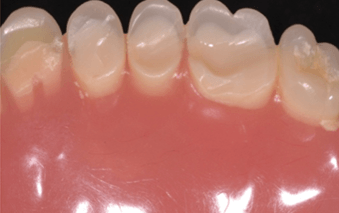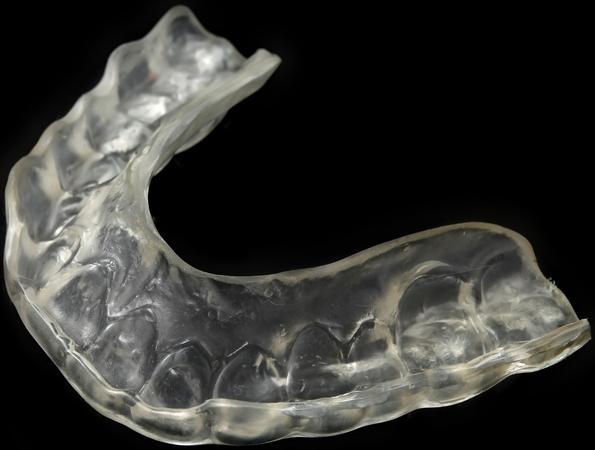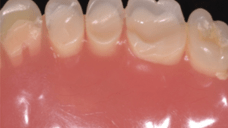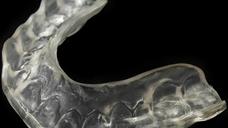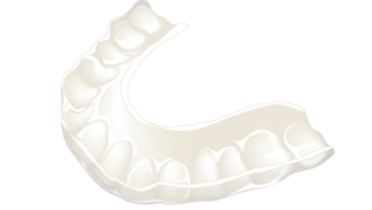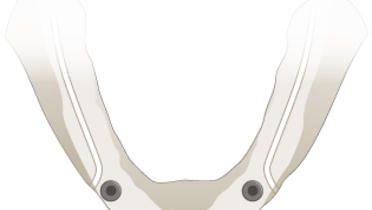-
0
Patient Assessment
- 0.1 Patient demand
- 0.2 Overarching considerations
- 0.3 Local history
- 0.4 Anatomical location
- 0.5 General patient history
-
0.6
Risk assessment & special high risk categories
- 5.1 Risk assessment & special high risk categories
- 5.2 age
- 5.3 Compliance
- 5.4 Smoking
- 5.5 Drug abuse
- 5.6 Recreational drugs and alcohol abuse
- 5.7 Parafunctions
- 5.8 Diabetes
- 5.9 Osteoporosis
- 5.10 Coagulation disorders and anticoagulant therapy
- 5.11 Steroids
- 5.12 Bisphosphonates
- 5.13 BRONJ / ARONJ
- 5.14 Radiotherapy
- 5.15 Risk factors
-
1
Diagnostics
-
1.1
Clinical Assessment
- 0.1 Lip line
- 0.2 Mouth opening
- 0.3 Vertical dimension
- 0.4 Maxillo-mandibular relationship
- 0.5 TMD
- 0.6 Existing prosthesis
- 0.7 Muco-gingival junction
- 0.8 Hyposalivation and Xerostomia
- 1.2 Clinical findings
-
1.3
Clinical diagnostic assessments
- 2.1 Microbiology
- 2.2 Salivary output
-
1.4
Diagnostic imaging
- 3.1 Imaging overview
- 3.2 Intraoral radiographs
- 3.3 Panoramic
- 3.4 CBCT
- 3.5 CT
- 1.5 Diagnostic prosthodontic guides
-
1.1
Clinical Assessment
-
2
Treatment Options
- 2.1 Mucosally-supported
-
2.2
Implant-retained/supported, general
- 1.1 Prosthodontic options overview
- 1.2 Number of implants maxilla and mandible
- 1.3 Time to function
- 1.4 Submerged or non-submerged
- 1.5 Soft tissue management
- 1.6 Hard tissue management, mandible
- 1.7 Hard tissue management, maxilla
- 1.8 Need for grafting
- 1.9 Healed vs fresh extraction socket
- 1.10 Digital treatment planning protocols
- 2.3 Implant prosthetics - removable
-
2.4
Implant prosthetics - fixed
- 2.5 Comprehensive treatment concepts
-
3
Treatment Procedures
-
3.1
Surgical
-
3.2
Removable prosthetics
-
3.3
Fixed prosthetics
-
3.1
Surgical
- 4 Aftercare
Parafunction
Key points
- Parafunctional activities can apply high forces to implant-based restorations and may require adequate adaptation of the treatment plan and restoration design
- Perform clinical assessment of parafunctional signs (occlusal wear, occlusion, etc.)
- Consider reinforcement of prosthetic work (increase number of implants, choose strong implant design, rigid splinting of implants), removable restoration construction design, non-implant based prosthetic treatment alternatives
Parafunctions - effects
Parafunctional activities can apply high forces to both implant and prosthetic components. These forces can lead to fracture or loosening of screws and abutments, chipping of the veneering material or fracture of the prosthetic reconstruction. Parafunctional activity may contribute to crestal peri-implant bone loss and/or implant fracture.
Functional risk assessment
To assess the possibility of past or ongoing parafunctional activity, the following assessments should be considered:
- Observe clenching, jaw closing path, jaw muscle hypertrophy
- Examine occlusion, functional movements, lateral forces, enamel/dentin condition, signs of abrasion. However abrasion evidently reveals the past and not necessarily ongoing parafunctions
- Look for repeated chipping of existing ceramic restorations, parafunctional habits and bruxism
- Assess loss of posterior support, tooth position, supra-/infraocclusion, bone structure and condition
Treatment considerations
If parafunction is detected or has already caused considerable damage to the natural dentition, it is recommended to adapt and plan the implant-based reconstruction accordingly and/or consider non-implant based treatment alternatives, especially in cases with myogenic dysfunctions. Consider functional treatment of dysfunctions before planning implant-supported rehabilitation.
- Adaptation of the implant type & diameter
- Distribution and number of placed implants adapted to the patient’s biomechanical and clinical requirements
- Selection of a strong connection (internal/conical)
- Adaptation and reinforcement of prosthetic superstructure and design, for example splinting of implants through bars, removable-only restoration , adaptation of occlusal concept/flat occlusion, short or no extensions and caution with full-ceramic constructions.
- Night guard protection
